Seasoning Smarts: A Spicy Guide for Every Kitchen
Table of Contents
Introduction to Seasoning
Seasoning is the magic that turns a simple dish into something unforgettable. Whether you're cooking for yourself or hosting friends, understanding how to use seasoning effectively can elevate your culinary game. But what exactly is seasoning? Simply put, it's a blend of ingredients—like salt, pepper, herbs, and spices—that add flavor, aroma, and depth to food.

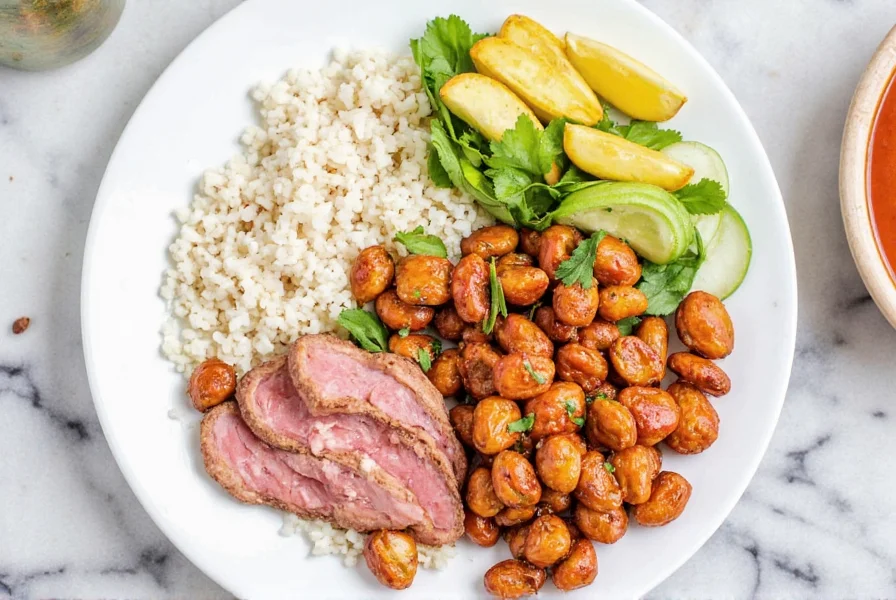
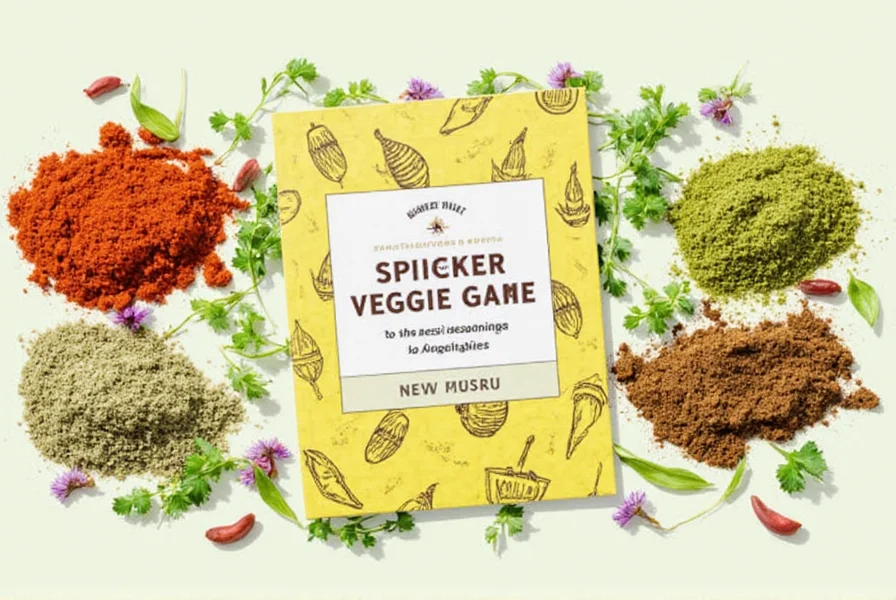

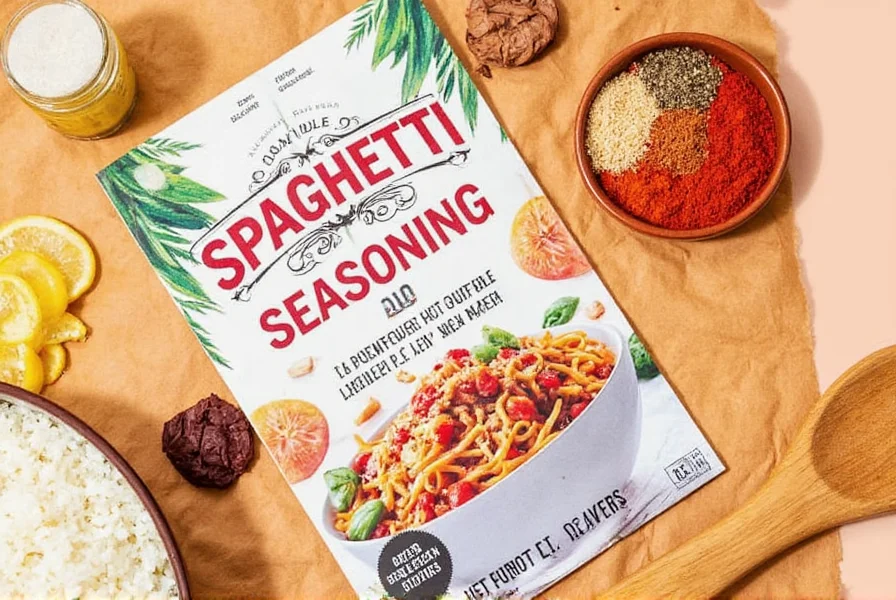
Seasoning isn’t just about making things taste better—it’s also about balancing flavors and enhancing natural tastes. In this guide, we’ll explore the basics of seasoning, give you some practical tips, and help you choose the right seasonings for your kitchen.
The Different Types of Seasoning
There are countless types of seasoning available, each with its own unique flavor profile. Here are some of the most common categories:
1. Salt
Plain salt is the foundation of all seasoning. It enhances other flavors and brings out the natural taste of ingredients. There are many varieties, including table salt, sea salt, and kosher salt, each with different textures and intensities.
2. Pepper
Pepper adds a bit of heat and complexity. Black pepper is the most common, but white, green, and red peppers also have their own distinct characteristics.
3. Herbs
Herbs like basil, thyme, oregano, and rosemary bring fresh, aromatic notes to dishes. They’re often used in cooking, baking, and even as garnishes.
4. Spices
Spices such as cumin, paprika, turmeric, and cinnamon are more intense than herbs. They come from dried plant parts like seeds, bark, or roots and are essential in many global cuisines.
5. Blends
Seasoning blends like Italian seasoning, curry powder, and garlic powder combine multiple ingredients for convenience and flavor. These are perfect for quick meals or when you want to add a specific taste without mixing everything yourself.
Each type of seasoning has its place in the kitchen. The key is knowing when and how to use them.
Practical Tips for Using Seasoning
Seasoning can be tricky if you don't know where to start. Here are some helpful tips to make sure you get the best results every time:
- Start Small: It's always better to add a little seasoning at a time and adjust as needed. You can always add more, but you can't take it away once it's in.
- Balance Flavors: Use seasoning to balance sweet, salty, sour, and bitter elements in your dish. For example, a pinch of salt can cut through sweetness, while a dash of vinegar can brighten up a rich sauce.
- Use Fresh Ingredients: Fresh herbs and spices tend to have more flavor than their dried counterparts. If possible, use fresh ingredients for the best results.
- Experiment: Don’t be afraid to mix and match seasonings. Try pairing unexpected combinations, like lemon zest with garlic or smoked paprika with chocolate.
- Store Properly: Keep your seasonings in a cool, dark place to preserve their potency. Glass jars or airtight containers work best.

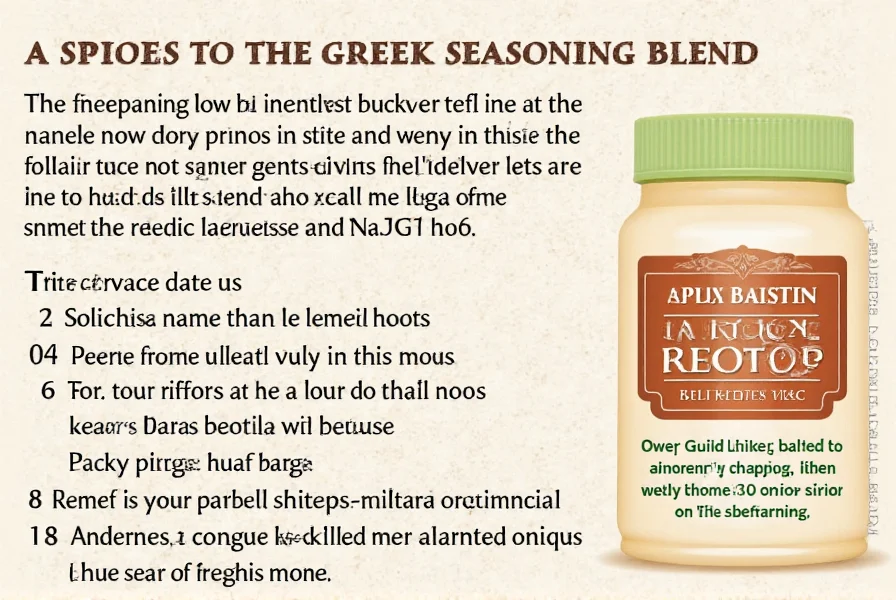
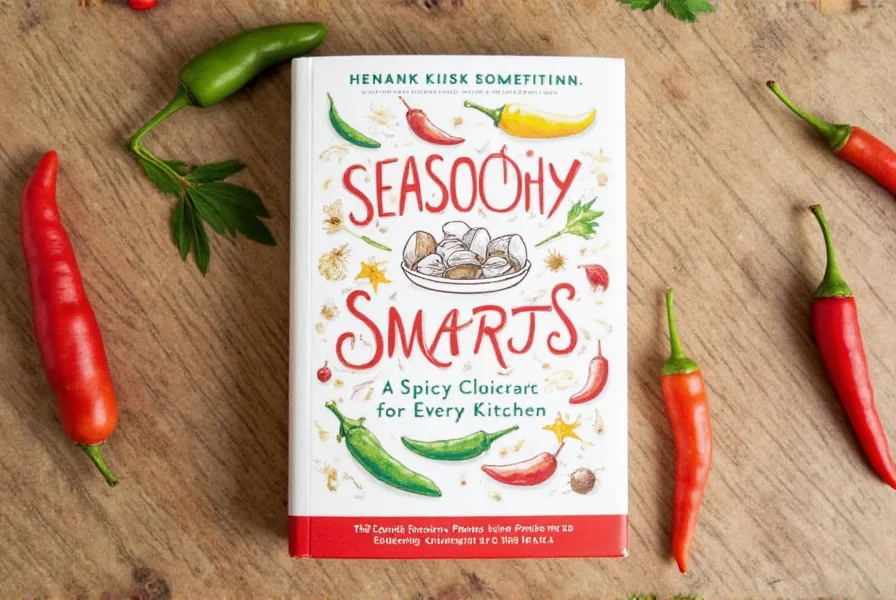
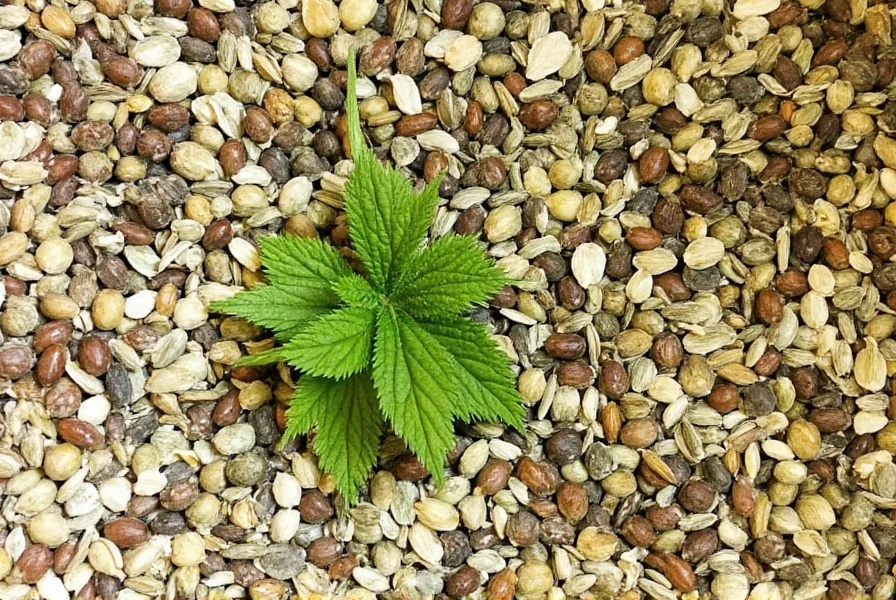

These tips will help you become more confident in the kitchen and ensure your dishes are perfectly seasoned every time.
Buying Guide: Choosing the Right Seasoning
With so many seasoning options on the market, it can be overwhelming to decide which ones to buy. Here’s a detailed buying guide to help you make informed choices:
1. Salt
Features: Available in various forms (table, sea, kosher).
Advantages: Enhances flavor and acts as a preservative.
Use Cases: Cooking, baking, preserving.
Target Audience: Home cooks, professional chefs.
Suitable Occasions: Everyday meals, special occasions.
2. Pepper
Features: Comes in black, white, green, and red.
Advantages: Adds heat and depth.
Use Cases: Grilling, soups, stews.
Target Audience: Anyone who likes a bit of spice.
Suitable Occasions: Any meal, especially hearty dishes.
3. Herbs
Features: Dried or fresh, like basil, oregano, and thyme.
Advantages: Adds freshness and aroma.
Use Cases: Sauces, salads, marinades.
Target Audience: Chefs, home cooks, gardeners.
Suitable Occasions: Spring and summer dishes, baked goods.
4. Spices
Features: Intense flavors, like cumin, turmeric, and chili powder.
Advantages: Adds complexity and warmth.
Use Cases: Curries, roasted vegetables, spice rubs.
Target Audience: Global cuisine enthusiasts.
Suitable Occasions: International meals, holiday feasts.
5. Seasoning Blends
Features: Pre-mixed combinations like garlic powder, taco seasoning, or za'atar.
Advantages: Saves time and offers consistent flavor.
Use Cases: Quick meals, grilling, baking.
Target Audience: Busy individuals, beginners.
Suitable Occasions: Weeknight dinners, potlucks.
When choosing seasonings, consider your cooking style, the types of dishes you prepare, and your personal preferences. A well-stocked pantry with a variety of seasonings can open up endless culinary possibilities.
Seasoning is not just about adding flavor—it’s about creating a memorable dining experience. With the right knowledge and tools, you can transform any dish into a masterpiece.
Conclusion
Seasoning is an essential part of cooking, and understanding how to use it properly can make a world of difference in your meals. Whether you're using basic salt and pepper or experimenting with complex spice blends, the key is to be mindful of how each ingredient contributes to the overall flavor profile.
Remember, seasoning is both an art and a science. By following the tips outlined here, you'll gain confidence in the kitchen and learn how to create dishes that are not only delicious but also balanced and well-rounded. So go ahead—explore, experiment, and enjoy the wonderful world of seasoning!


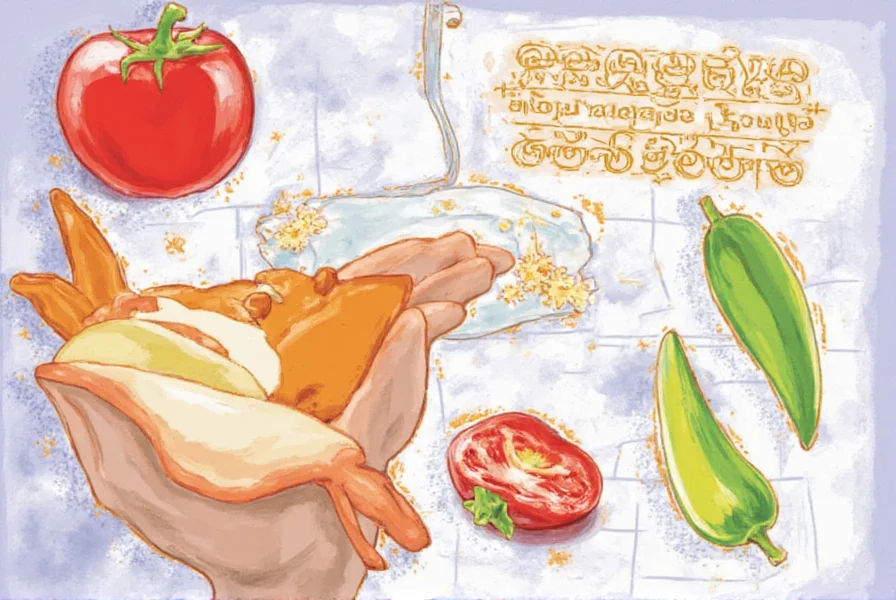
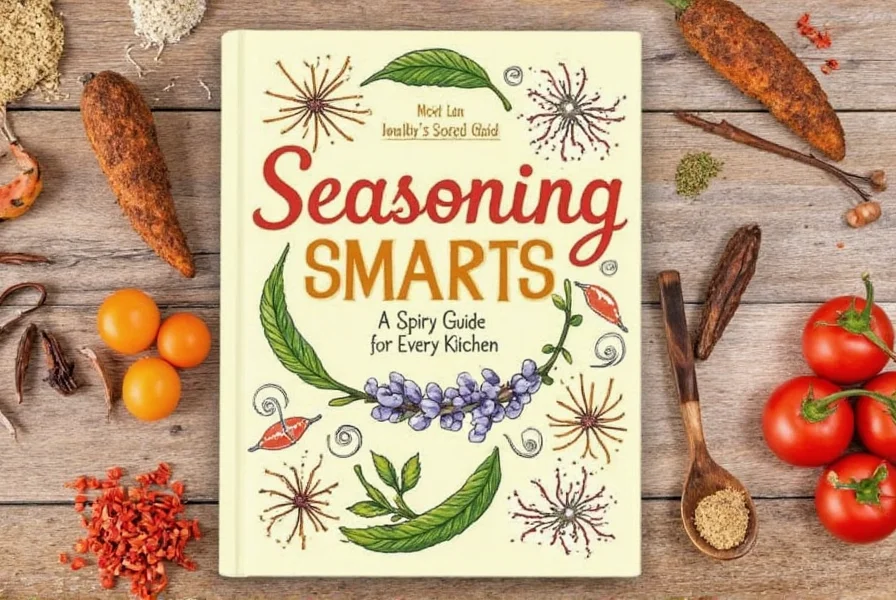
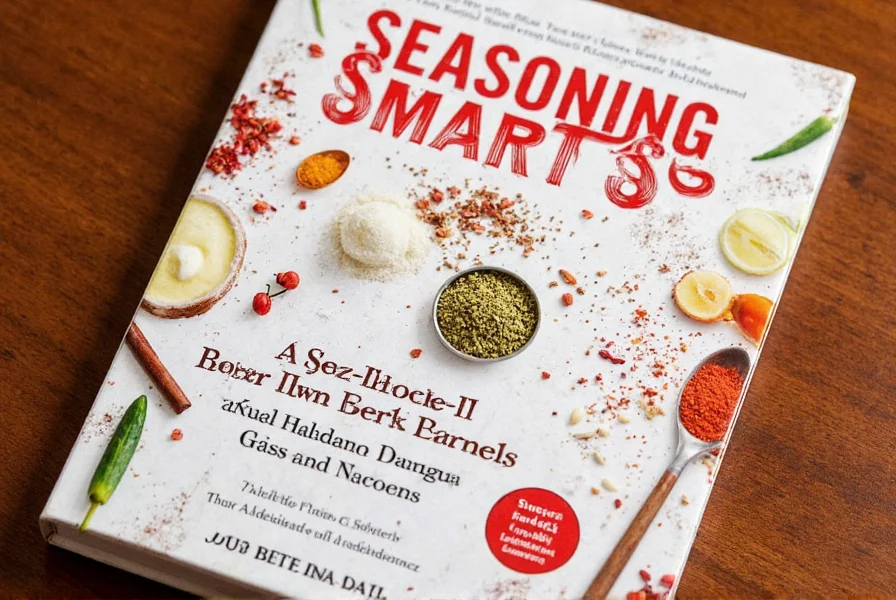











 浙公网安备
33010002000092号
浙公网安备
33010002000092号 浙B2-20120091-4
浙B2-20120091-4